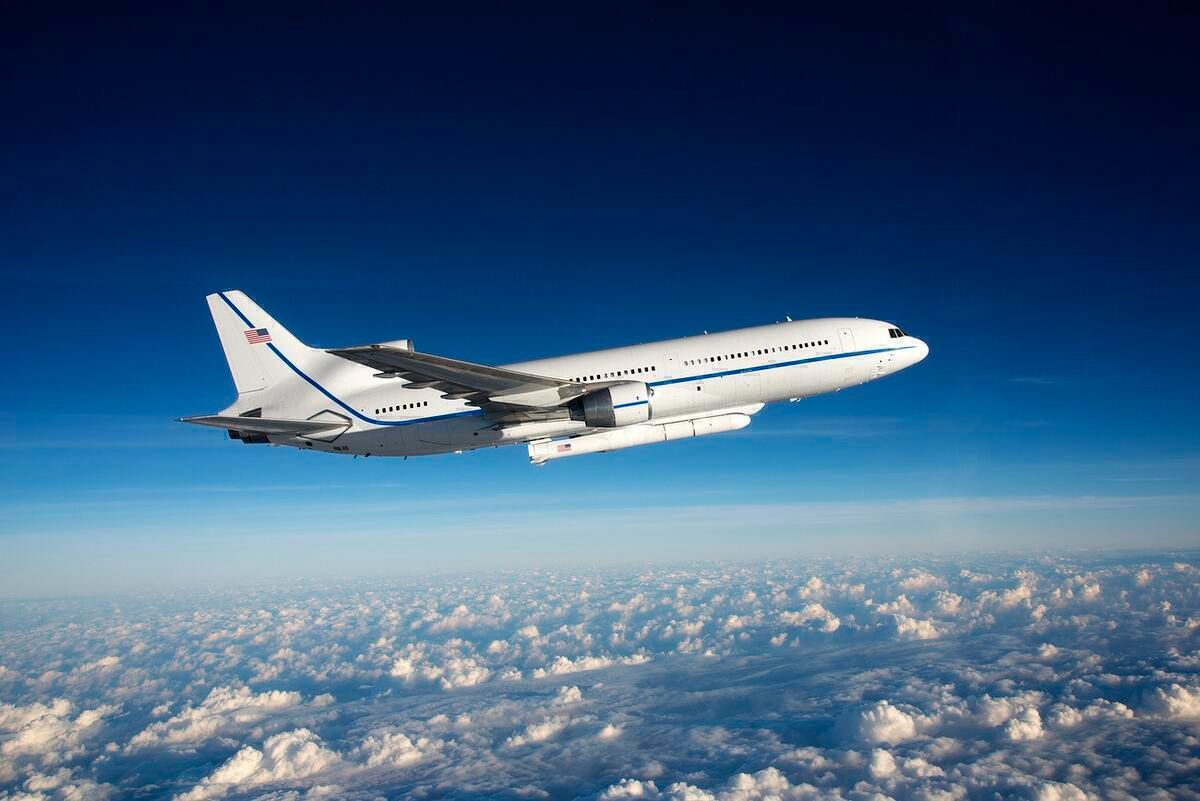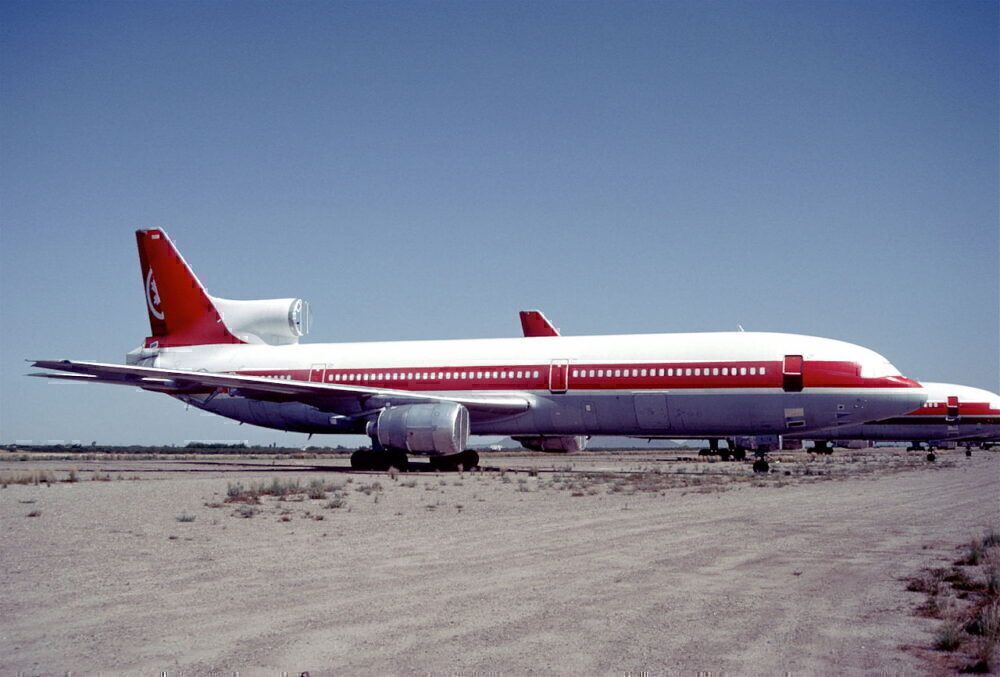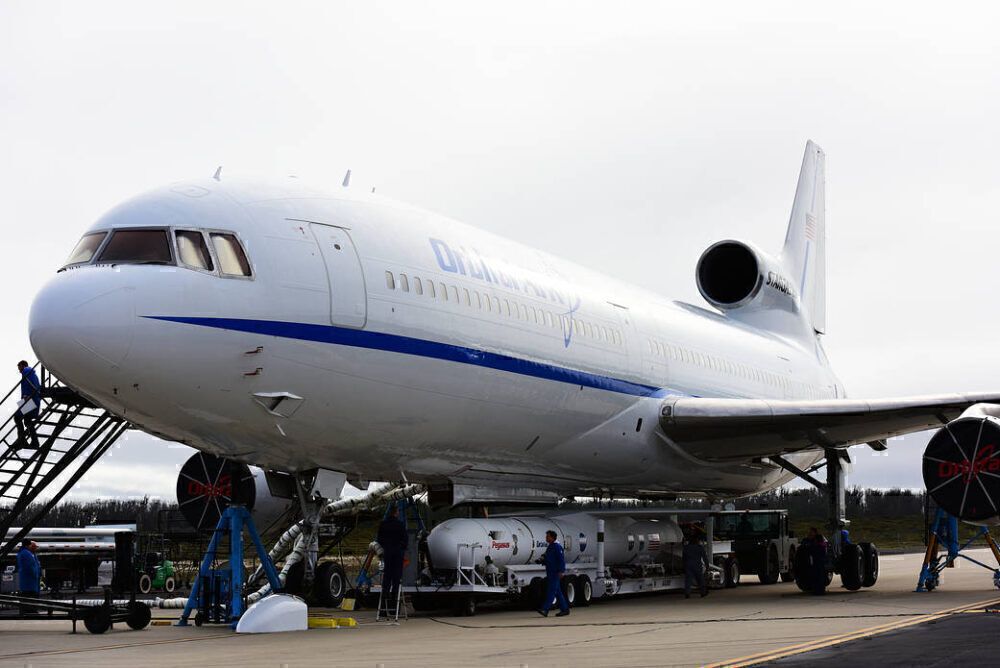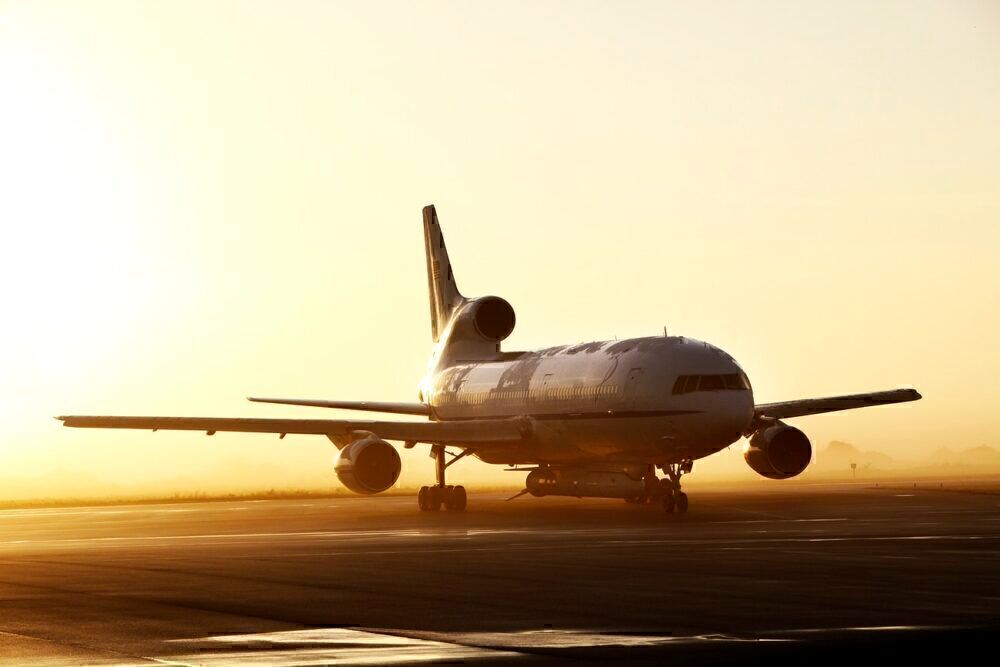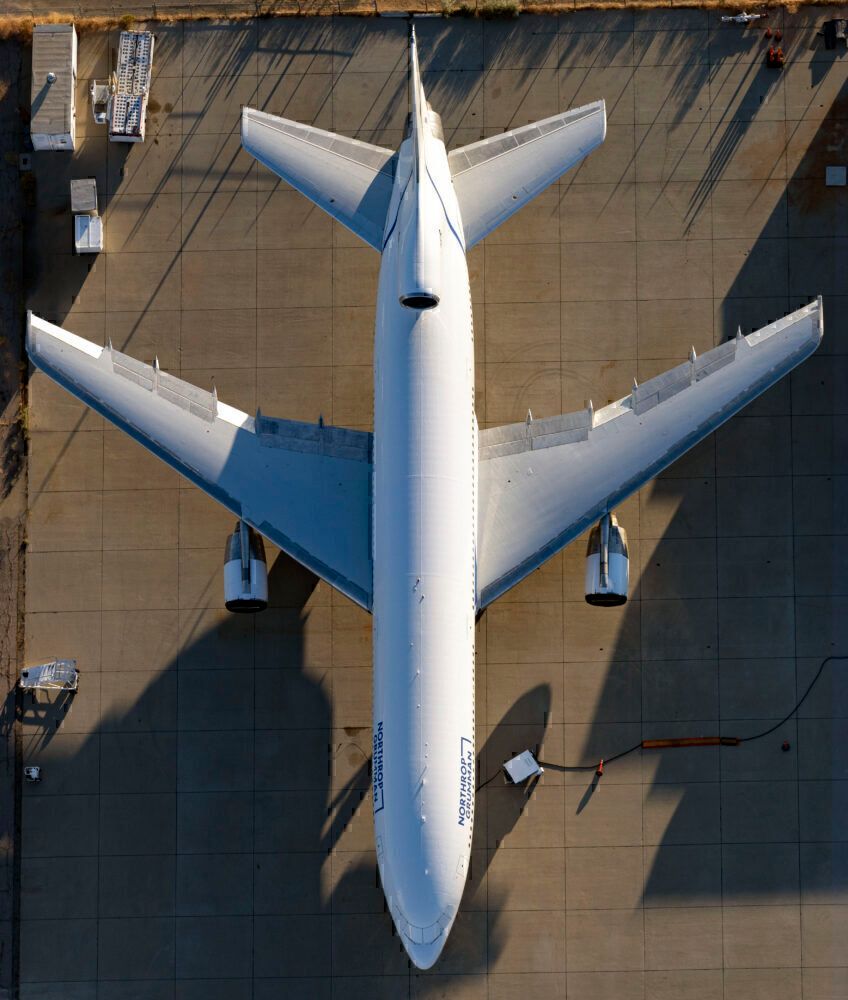In the early 90s, a company by the name of Orbital Sciences Corporation modified a Lockheed L-1011 TriStar to be part of the rocket-launching process. Going from a passenger aircraft with Air Canada to playing a part in taking satellites to space is quite the journey. Let's look at Northrop Grumman's Stargazer L-1011 carrier aircraft, its history, and its present role.
Flying with Air Canada and Air Lanka
Back in the era of the trijet, there were a few different types of big aircraft used for long-haul operations. For three-engined aircraft, airlines could choose between planes like the McDonnell Douglas DC-10 and its larger successor, the MD-11, as well as the Lockheed L-1011 TriStar.
For over two decades, between 1973 and 1996, Air Canada would choose to fly more than 40 Lockheed L-1011s. One of these was registered as C-FTNJ, which joined the fleet in March 1974 and would fly regular passenger service until 1992. During this period, it would also spend a very short period flying as a lease with AirLanka (the predecessor to SriLankan).
Stay informed: Sign up for our daily aviation news digest.
Modification by Orbital Sciences Corp.
When Air Canada was ready to let go of its L-1011s, a company named Orbital Sciences Corporation of Mojave, California, acquired C-FTNJ. It then modified it into a satellite-launching aircraft, commonly known as a "satellite launch vehicle," or SLV.
Re-registered in the United States as N140SC, the L-1011 was given the name "Stargazer" - a subtle homage to Star Trek. In addition to a new paint job, the jet was also fitted with a special apparatus under its belly. This would allow it to carry rockets, which would, in turn, carry satellites.
According to the website Travel Update, the Stargazer can carry 23,000 kilograms to an altitude of 12,800 meters. It uses this ability to launch Pegasus rockets from the air, which are then launched into space to put satellites into low-earth-orbit.
In 2014, Orbital Sciences merged with Alliant Techsystems to form Orbital ATK. Then, in 2017, Orbital ATK was acquired by Northrop Grumman, which now makes the L-1011 officially the "Northrop Grumman Stargazer."
As of October 2019, the jet had completed 44 launches, of which 39 were deemed completely successful. It normally operates out of the Mojave Air and Space Port in California.
Where is the aircraft now?
The last time we heard anything about the Stargazer was in August 2020, when website The Drive questioned whether or not the jet was testing a "secretive Air Force payload." Apparently, planespotters had noticed some interesting flight patterns that day.
Simple Flying's affiliate photographer Vincenzo Pace recently took a trip to the Mojave Desert to capture some stunning shots of dozens of commercial aircraft lined up in storage. During his adventure, he captured this little gem:
At this time, we're not quite sure what the Stargazer is up to or what Northrop Grumman has planned. However, its accomplishments to date - and the fact that it is still in service - certainly has us impressed!
Have you ever flown on a Lockheed L-1011 TriStar? Let us know in the comments.

